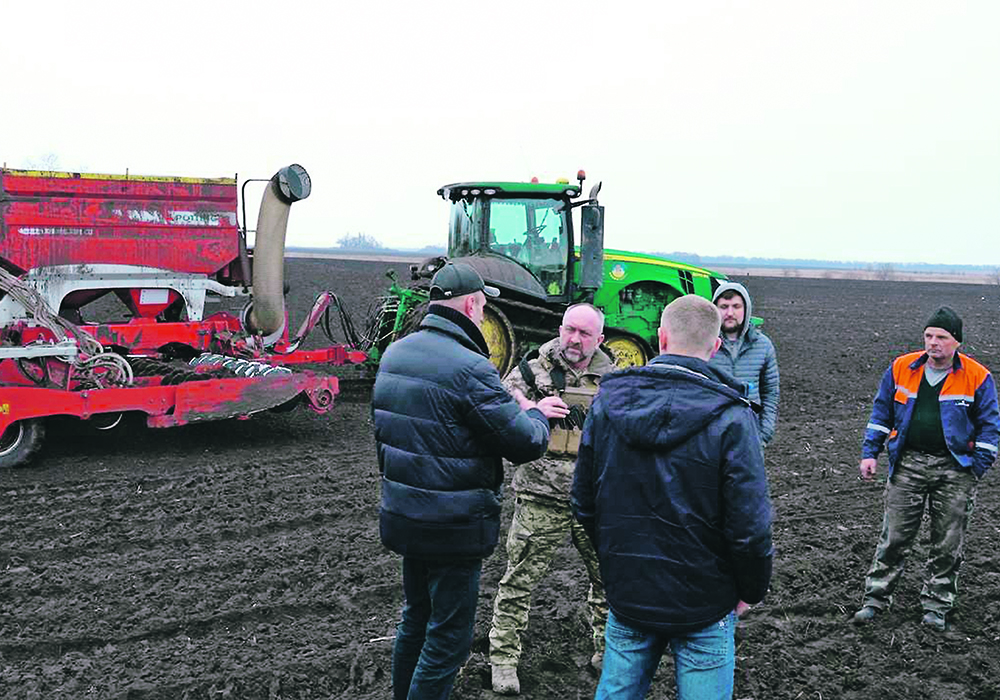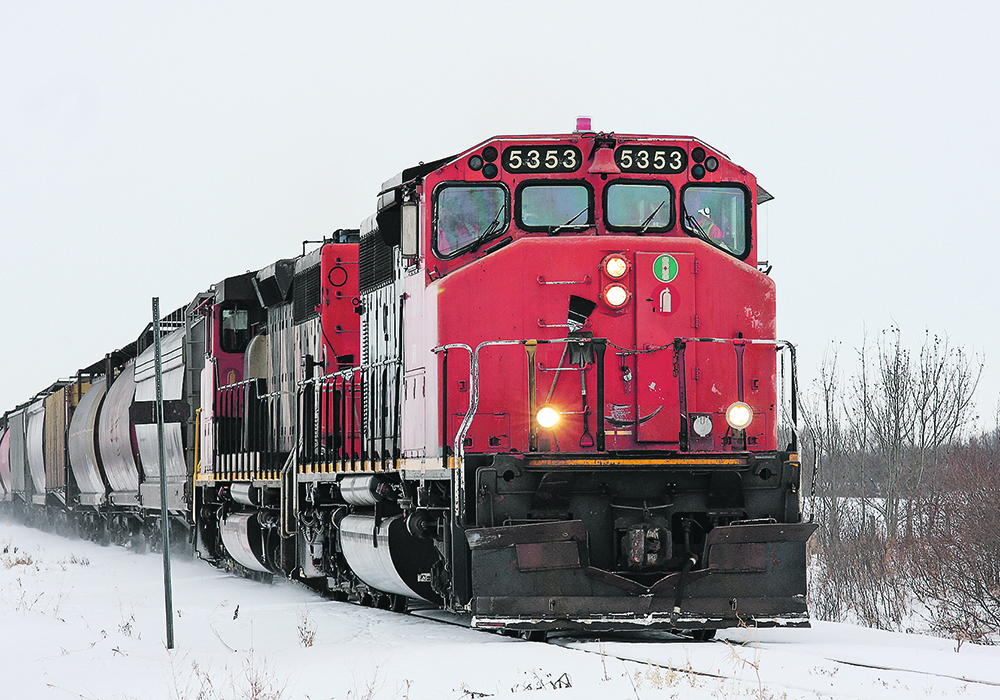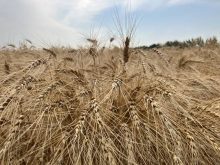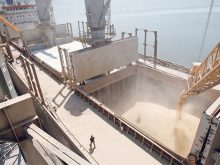When asked to describe war, Union General William T. Sherman noted that “war is cruelty, and you cannot refine it.”
Later, in a speech, Sherman did refine his easily forgettable dictum to the much shorter, impossible-to-forget, “war is hell.”
Others thought war to be “politics by other means,” (Clausewitz) or “a wanton waste of projectiles,” (Twain).
However you describe it, war is expensive. The Second World War, in 2020 dollars, cost $4 trillion and devoured 40 percent of U.S. gross domestic product in 1945. To date, estimates of the total U.S. military, financial and humanitarian aid to Ukraine since its February 2022 invasion by Russia range from $75 to $110 billion.
Read Also

Downturn in grain farm economics threatens to be long term
We might look back at this fall as the turning point in grain farm economics — the point where making money became really difficult.
It’s extremely profitable, too. In 2023, Brown University estimated that the almost generation-long war in Afghanistan cost U.S. taxpayers $14 trillion, “with one-third to one-half of that total going to military contractors.”
Shooting wars aren’t the only type of warfare that’s costly, deadly and often without a winner. In January 2022, the International Monetary Fund estimated the total cost of the COVID-19 pandemic would be at least $12.5 trillion.
The human side of that coin is just as large. On Aug. 2, the United Nations’ World Health Organization estimated total COVID-19 deaths worldwide now stand at seven million.
COVID has other, less visible victims. In 2021 alone, the UN calculated the pandemic more than doubled the number of “people experiencing acute food insecurity” around the world from 135 million to 345 million.
Then, with global food aid programs already reeling under COVID, the Russian invasion of Ukraine struck another blow. U.S. wheat futures prices rocketed nearly 50 percent higher, from $7.50 per bu. to $11 per bu., as shipping and boycott threats ricocheted through global markets.
But even after the invasion-shaken markets settled into a less volatile, more predictable pattern, the number of food-threatened nations remained high and access to supplies continued to be threatened.
However, throughout the pandemic and Russian-Ukrainian war, one area of the global food system remained — and remains —well-fed and fat. According to a Greenpeace International February 2023 report, “the world’s biggest agribusiness corporations made more in billion-dollar profits since 2020 than the amount that the UN estimates could cover the basic needs of the world’s most vulnerable.”
That math, Greenpeace explains, shows that “the 20 corporations — the biggest in the sectors of grain, fertilizer, meat and dairy — delivered $53.5 billion to shareholders in the financial years 2020 and 2021, while the UN estimates a smaller figure, $51.5 billion, would be enough to provide food, shelter and lifesaving support for the world’s 230 million most vulnerable people.”
Recent financial reports from three of the biggest of the bigs — Cargill, Bunge and Archer-Daniels-Midland — show the trend not only continues, but it’s getting even more profitable. For example, on Aug. 3, Reuters reported that “global commodities trader Cargill Inc. reported … its fiscal year 2023 revenue increased seven percent from a year earlier to $177 billion, the highest ever for the 158-year-old company.”
Since Cargill is a privately held company, it doesn’t share all its financial data such as quarterly or annual profit. Competitors like ADM and Bunge, however, are publicly held so they must post their financial results.
“Both,” says Reuters, have “reported solid earnings” and have “raised their profit outlooks for 2023.”
The key reason for the increased profits is as old as war itself: “global supply disruptions, such as the ongoing war in Ukraine … have generated increased profit margins for grain merchants” and, no surprise, “concurrently opened up opportunities for firms like Cargill to step in,” BNN, an online global news service, explained Aug. 3.
Equally unsurprising, prices for agricultural imports and services have also soared during the COVID/Ukrainian war years. According to a November 2022 report by the Institute of Agriculture & Trade Policy, the world’s 20 most industrialized nations “paid almost twice as much for key fertilizer imports in 2021 compared to 2020 and (were) on course to spend three times as much in 2022.”
So, yes, war is a cruel, unrefined hell where everyone, even the winners, are losers.
Alan Guebert is an agricultural commentator from Illinois.

















